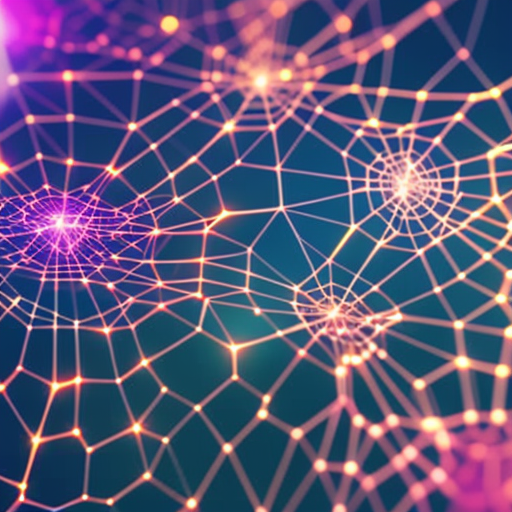Summary:
Neural coding refers to the process by which the nervous system converts sensory information into patterns of electrical activity in the brain. It is the fundamental mechanism through which the brain represents and processes information. Neural coding involves the transformation of sensory stimuli into neural signals that can be interpreted by the brain. This process is crucial for understanding how the brain perceives and interprets the world around us.
Types of Neural Coding:
There are several different types of neural coding that have been identified. One of the most well-known types is rate coding, which involves the encoding of information in the firing rate of individual neurons. In rate coding, the frequency at which a neuron fires action potentials corresponds to the intensity of the stimulus being encoded.
Another type of neural coding is temporal coding, which involves the precise timing of action potentials. In temporal coding, the relative timing of spikes across a population of neurons carries information about the stimulus. This type of coding is particularly important for encoding dynamic stimuli, such as the direction and speed of a moving object.
Population coding is another type of neural coding that involves the collective activity of a population of neurons. In population coding, information is encoded in the patterns of activity across multiple neurons. Each neuron in the population contributes a small piece of information, and the combined activity of the population represents the stimulus.
Neuronal Representations:
Neural coding is closely related to the concept of neuronal representations. A neuronal representation refers to the way in which a stimulus is encoded by a population of neurons. Different stimuli can be represented by different patterns of neural activity. For example, the visual cortex contains neurons that are selectively responsive to specific visual features, such as orientation, color, and motion. These neurons form a representation of the visual stimulus in the brain.
Neuronal representations can be hierarchical, with lower-level neurons encoding simple features and higher-level neurons encoding more complex features. This hierarchical organization allows the brain to build increasingly abstract representations of the world.
Information Processing:
Neural coding plays a crucial role in information processing in the brain. Once sensory information is encoded by neurons, it can be further processed and integrated with other information. This processing can occur at multiple levels of the nervous system, from individual neurons to entire brain regions.
The brain uses neural coding to extract relevant information from sensory inputs, filter out noise, and make decisions based on the available information. The precise coding scheme used by the brain depends on the specific task and the sensory modality involved.
Applications:
Understanding neural coding has important implications for various fields, including neuroscience, artificial intelligence, and medicine. By deciphering the neural code, researchers can gain insights into how the brain processes information and how it might be replicated in artificial systems.
In the field of medicine, neural coding research has the potential to improve the development of neural prosthetics and brain-machine interfaces. By decoding the neural activity associated with specific movements or intentions, researchers can develop devices that allow individuals with paralysis to control external devices using their thoughts.
In conclusion, neural coding is a fundamental process by which the brain represents and processes information. It involves the transformation of sensory stimuli into patterns of neural activity that can be interpreted by the brain. Different types of coding, such as rate coding, temporal coding, and population coding, allow the brain to encode and process information in different ways. Understanding neural coding has important implications for understanding brain function and developing new technologies in fields such as artificial intelligence and medicine.












